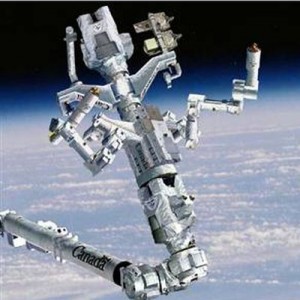New NASA Plan Could Refuel Decaying Satellites
By Space Coast Daily // February 13, 2013
Possible Solution To Space Junk Problem
(VIDEO: EUenterprise)
BREVARD COUNTY • CAPE CANAVERAL, FLORIDA – NASA is developing a plan to create a revolutionary robotic system for satellite repair and refueling missons in space.

Most satellites currently in orbit around the earth are using solar energy for powering their electronic data systems, but many older satellites were launched with gas-powered rockets to maintain orbits.
As the source of gasoline is exhausted, the satellites die or are relegated to space junk with decaying orbits that hinder other satellites.
In an effort to curb the problem, NASA has begun an initiative to see if a robotic force could refuel some of the older satellites and either repair them or retrieve them for further study.
NASA’s Satellite Servicing Capabilities Office has chosen about 240 satellites that will deplete their supplies of gasoline over a span of the next five or six years.
The concept is revolutionary and has prompted much enthusiasm for the idea.

Because starting with the launch of Sputnik 1 by the Soviet Union in 1957, satellites were not launched as reusable objects, the thought of extended life for them beyond the time of their prescribed mission was not planned.
Next month, NASA will be teaming up with Dextre, whi9ch is a two-armed robot torso constructed by the Canadian Space Agency and housed on the International Space Station, to employ its tools to access a simulated satellite fuel tank and restore its fuel supply.
NASA engineers will control Dextre’s maneuvers in space, which could be a prelude to future satellite repair missions.
If the Dextre tests prove successful, NASA could authorize commercial space companies to begin the process of repairing and refueling the fleet of aging satellites and launching such missions from Cape Canaveral Air Force Station.
The Satellite Servicing Capabilities Office was established in 2009 to continue NASA’s 30-year legacy of satellite servicing and repair.











